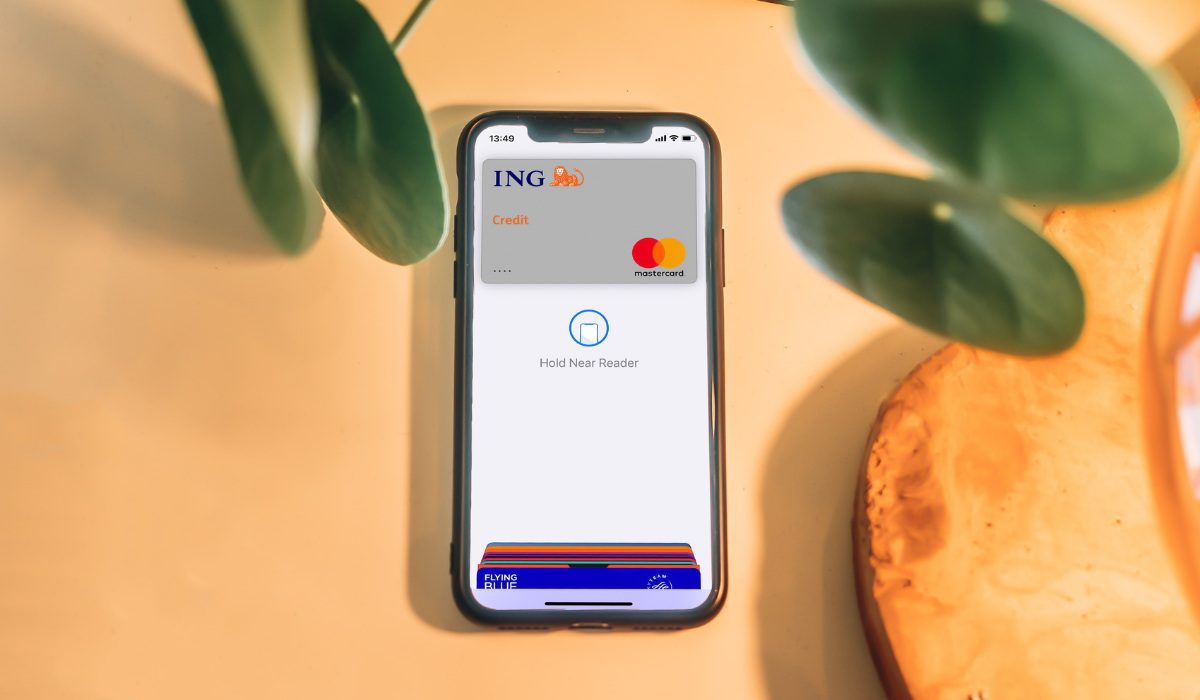Money Mobile Identifier, commonly known as MMID, has been revolutionary in simplifying the process of fund transfer. It is a secure option to transfer money through your mobile phone from the comfort of your home. From personal bank transfers and EMI payments to business transactions, MMID has made it ever more convenient to transfer money. MMID is basically a unique seven-digit number assigned to every mobile banking user that enables them to make fast, convenient and secure payments through the Immediate Payment Service or IMPS. In this article, we provide you with all the relevant information about MMID to help you make the most out of this facility.
See also: National Electronics Fund Transfer or NEFT: All you need to know
How to obtain your MMID?
To transfer funds using your mobile, you would first need to get your unique seven-digit MMID and activate it for usage. Here are the steps you need to take to obtain it:
Contact your bank
To obtain your MMID, you would have to consult your bank about the process. For this, you can either visit the bank in person or contact their customer service helpline. Do not forget to ask about the important details that would be required for the process to keep them handy and ready to use.
Provide your details
The bank will then confirm your personal and account details. In this step, you would be asked to provide your account number and registered mobile number, among other things. Additionally, some banks may even ask you to fill out a form with all the relevant details. The form would be available at the nearest branch or on the bank’s official website.
Verification
The bank will consider the details provided by you to verify your identity. For this step, you will also be required to submit identification documents to the bank and answer security questions before you receive your MMID.
Link MMID to mobile number
Once your identity is verified, the bank will provide you with your unique seven-digit MMID. You will then have to link the MMID with your mobile number. This is a simple step that can be conveniently done sitting at home on the mobile banking app or official website through internet banking.
Start using the MMID
Now that you have your MMID, you can easily use it to transfer funds for various purposes once you activate mobile banking on the bank’s official website and generate the MPIN, if not done already.
How to transfer money using MMID?
MMID has made the process of fund transfer a breeze. Here is how you can use it for a smooth experience:
Activate mobile banking
After linking your MMID to your mobile number, you would have to ensure that you are eligible to avail mobile banking services. You can activate this service on internet banking or visit your nearest branch to get it activated.
Get the mobile banking app
Once the service is activated, download and install the mobile banking app of your bank on your phone. While you can also avail mobile banking services through SMS or USSD codes, the app makes it more convenient and user-friendly. Open the app once installed, and login using your internet banking username and password. For ease of usage in future, it is recommended to set an MPIN that would allow you to login simply with a six-digit code as a password.
Select ‘Fund Transfer’ option
Find the ‘Fund Transfer’ or ‘Money Transfer’ option in the menu within the app. Next, you will be asked to select the type of transfer. Select the ‘IMPS’ option or any other similar option pertaining to instant transfer from the menu that appears.
Enter payment information
While making the payment, you would be required to enter the MMID of the recipient. Additionally, you may also be asked to enter their name and mobile number. Next, enter the amount you want to transfer and click on the ‘Transfer’ or ‘Pay’ option as applicable according to the UI of the banking app to confirm the fund transfer.
Receive confirmation
Once the transaction is processed, you will receive a confirmation message with the details of the transaction on your phone or email. Retain the receipt for future reference.
Read also: What is RTGS payment?
Pros and cons
Now that you know how to use MMID, you must be wondering about the merits of using it. Here is a concise list of the pros and cons of using MMID to help you decide if you would like to avail this service.
| Pros | Cons |
| MMID is a fast and simple option of fund transfer using mobile phones that enables users to send and receive money without the need of complete bank details. | Although the transaction process is secure, mobile banking methods are more prone to unauthorised access or fraud. This can be avoided by being cautious and maintaining discretion about PINs and passwords. |
| You can transfer funds simply using the recipient’s mobile number and the unique seven-digit MMID without the need of account number and branch code. | A lot of banks impose limits on MMID transactions, requiring additional verification if exceeded. |
| This method is highly suited to time-sensitive payments as transactions are processed almost instantly in real-time, thereby avoiding delays. | In case of interbank transfers and higher amounts, banks might charge a service fee for MMID fund transfers. |
| It is a versatile solution for fund transfer due to its wide acceptance across banks and financial institutions across the country. | MMID is only suited for fund transfers and lacks functionality when it comes to availing other banking services. |
| MMID is easily accessible at any time or place, provided there is access to a mobile device and a steady internet connection | MMID transactions are largely dependent on internet strength, making it inconvenient for users in regions with poor coverage. This might cause difficulty and delays in processing the transactions. |
FAQs
How is MMID different from traditional banking methods?
MMID aims to offer a more streamlined transaction process to the user by asking for only the recipient’s mobile number and MMID, unlike other methods that require complete bank details for fund transfers.
How can I get my MMID from my bank account?
To obtain your MMID, you would have to contact your bank and provide them with the relevant details. Once the details have been verified, you can fill up an application form and get it approved to receive your MMID number.
What kind of transactions does MMID support?
MMID can only be used for fund transfers. You can send money to people, pay your bills and EMIs or recharge your services using MMID.
Is MMID a safe option for fund transfers?
While the transaction process using MMID is completely safe, it is recommended to maintain confidentiality regarding PINs and passwords and stay cautious of unauthorised access or phishing attempts.
Do MMID transactions involve additional charges?
In case of interbank transactions or those exceeding a certain limit, you might have to pay an extra service charge. You can check with your bank for any such applicable charges.
Can MMID be used for international transactions?
MMID is suited only for domestic fund transfers. You can transfer money anywhere within India but not to other countries.
What should I do if I forget my MMID or face issues with mobile fund transfers?
Any problems regarding the MMID or mobile banking can be resolved by contacting the bank. They can assist you with MMID retrieval and troubleshooting issues with banking apps.
| Got any questions or point of view on our article? We would love to hear from you. Write to our Editor-in-Chief Jhumur Ghosh at jhumur.ghosh1@housing.com |







